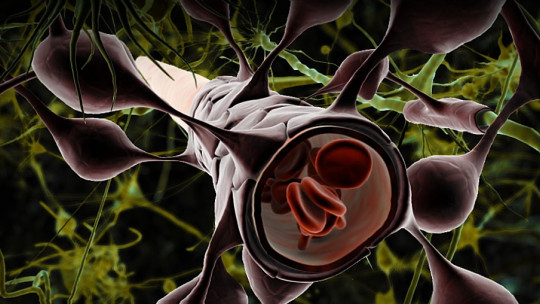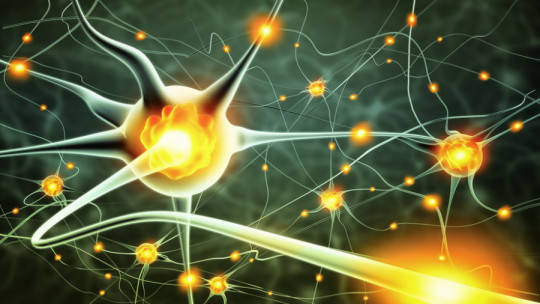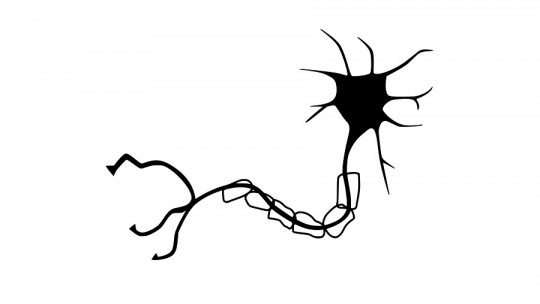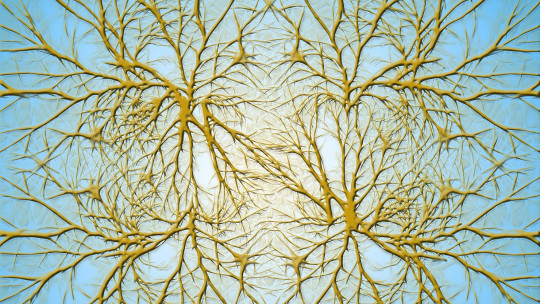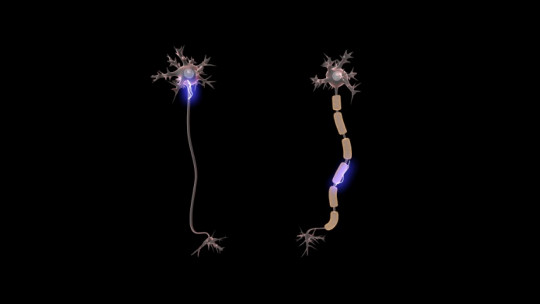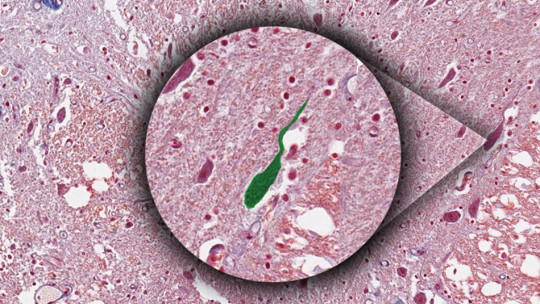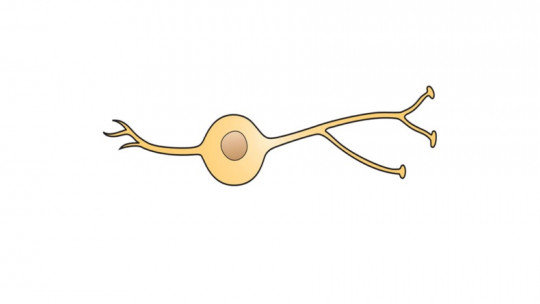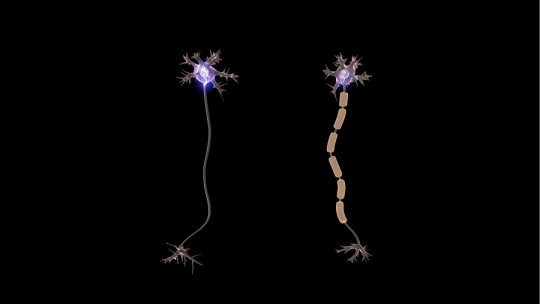
Neurons are essential for the functioning of our brain, which means they are essential for life itself. Thanks to them we can carry out all the activities that we intend to do, and that is why our body is responsible for protecting them adequately.
In this article we will talk about the process known as myelination one of the most important aspects of the life of neurons. We will see what it consists of, what its characteristics are and the effect it has on neurons and the nervous system.
What is myelination?
The myelination process consists of covering the axons (parts of neurons in the shape of an elongated cylinder) with a substance called myelin or myelin sheath which is responsible for providing protection specifically to these parts of the neuron.
This coating process begins very early, just in the second trimester of pregnancy, and lasts throughout our lives. It is important that it occurs appropriately to that the nervous stimuli that our brain sends through neurons circulate correctly.
The myelin sheath is a substance that performs insulating functions in the neuronal axon This element is of organic origin and its state has fatty properties (lipid).
Axons where there is no myelin coating (unmyelinated) have a lower conduction capacity for the electrical phenomena sent by the brain throughout the entire central nervous system.
Features of this nervous system process
The coating of neuronal extensions is fundamentally a natural protective mechanism that our nervous system has to preserve and facilitate the electrical impulses that travel through neurons, which are responsible for mental processes in all their categories.
Neurons not only deal with higher mental functions but also of all the reactions that human beings have, to any stimulus, whether internal or external.
In addition, it is also an essential process for learning, especially in the initial phases, which is where neurons interconnect with each other, to create what is known as neuronal batteries.
Contrary to what many believe, the number of neurons we have is not what has the most influence during our learning, but rather the way in which they connect with each other. If we have neurons that are not capable of establishing a good synapse between them, then it will be very difficult for knowledge to solidify.
But if, on the contrary, the synapse is good, All the information we obtain from the environment around us will be internalized in the best possible way by our higher mental processes. This occurs largely thanks to myelination.
Their efects
As mentioned above, the myelin sheath serves to conduct nerve impulses at the appropriate speed, and also avoids the risk of stopping in the axons before reaching their destination
In the event that the axons are not adequately covered by myelin through the myelination process, either because the process did not occur or because the substance has deteriorated, then malfunction of the central nervous system may occur depending on the area where the unmyelinated neuronal axon is located.
It may happen that peripheral sensitivity is lost or that a central sensitization process occurs, which consists of a disproportionate functioning of the sensations we receive, especially in the pain threshold, which is greatly decreased (while other sensations , which generally should not represent any painful stimulus for the body, cause a fictitious sensation of pain), among other alterations of perception, where synesthesia and agnosia are found.
Tips to preserve our neurons
Nutrition is key for neurons, and for the coating process to occur and be maintained properly in their axons, During the early stages of development in children we must ensure that they receive correct nutrition
Learning new things generates neural batteries that become increasingly stronger if we continue practicing what we have learned. This is a good way to preserve and keep our brain neurons functional.
Finally there is the dream. It is important to have good sleeping habits so that our brain gets a restful rest and in this way the neurons have a longer and more efficient life.

